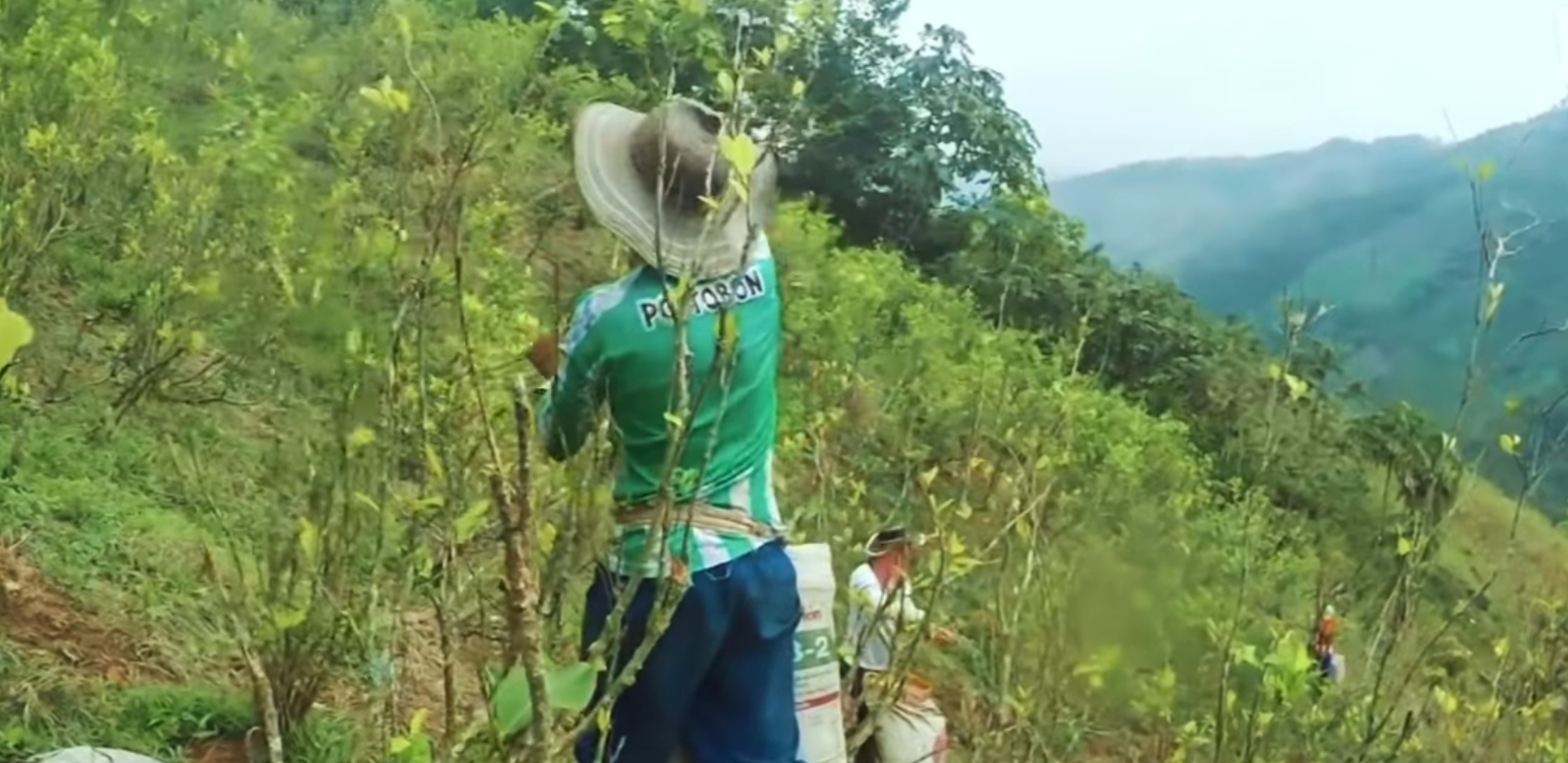
July 05, 2019
Andrew Campbell
The United Nations Office of Drugs and Crime (UNODC) recently published an annual report that the global cocaine production in 2017 increased by 25% from the previous year's record, setting a new record high, mainly due to the end of the long-term civil war in Colombia, and led to a surge in cocaine production.
After the Colombian government and the domestic resistance army signed a peace agreement at the end of 2016, they ended a 52-year civil war. Although the government has called on farmers not to plant coca bush, drug trafficking groups worked together in remote rural areas to produce. And they even expanded the cultivation of coca bush gardens that were originally occupied by the rebel army, so that the production of cocaine reached 70% of the global total.
The UNODC report also stated that global cocaine production increased by 50% in the first 10 years. In 2017, there was a record high of 1976 metric tons. At the same time, the number of cocaine seized worldwide has also increased by 74%.
In 2017, a total of 1,275 metric tons of cocaine was seized, an increase of 13% over the previous year. It also reached a record high, showing the results of national law enforcement and the efficiency of international joint crime prevention. Nearly 90% of the cocaine found was from the Americas, and Colombia accounted for 38% of the global total.
Photo:Webshot.
